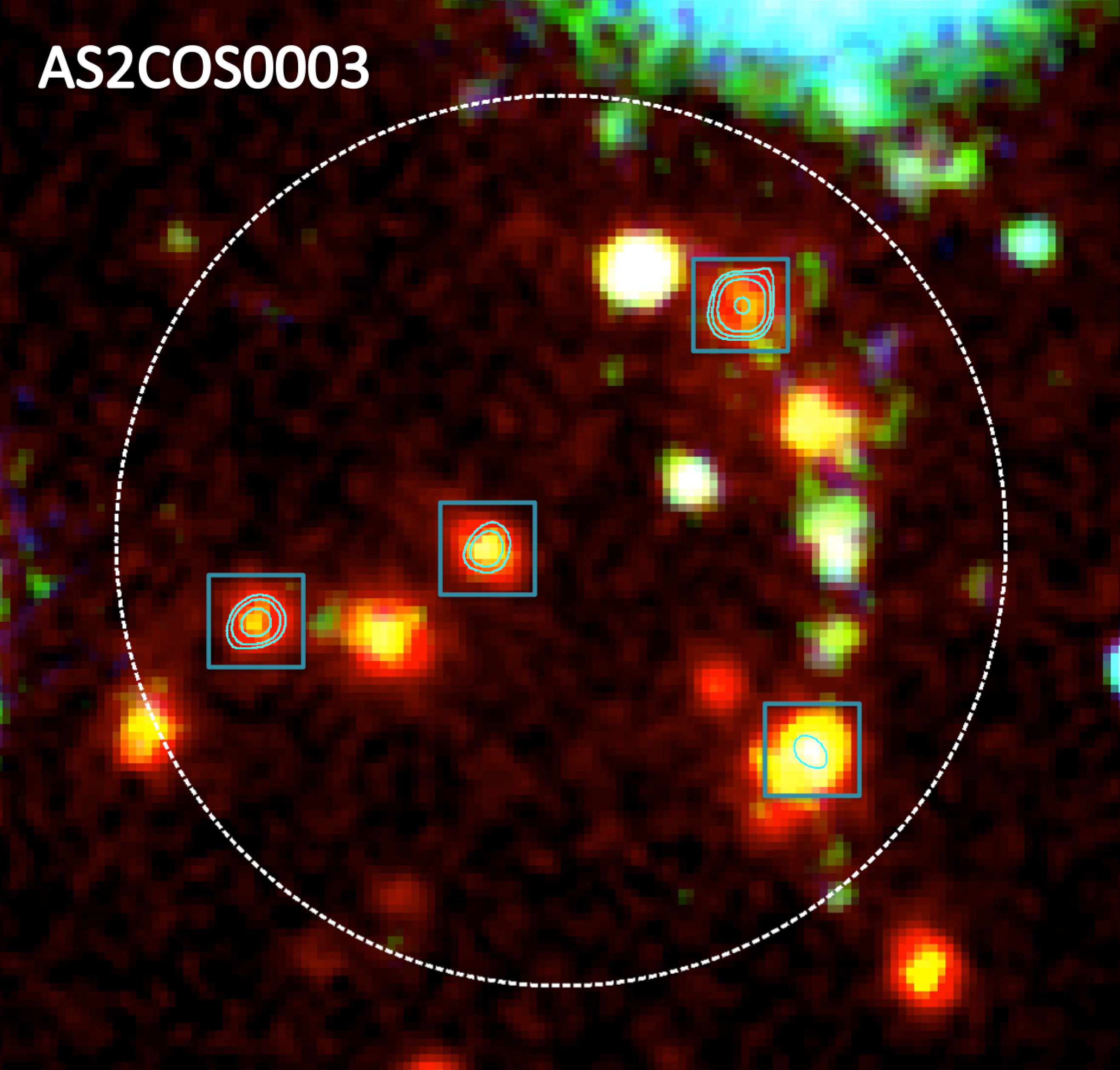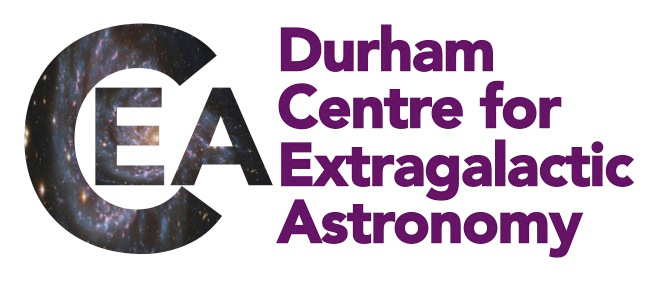CEA News, March 2020
Studying the most luminous galaxies in the Universe
The most actively star-forming galaxies in the Universe frequently hide their activity behind obscuring clouds of soot-like dust. Initially formed in the atmospheres of massive stars as they age, the dust absorbs much of the starlight from these distant galaxies. The absorbed optical starlight heats the dust grains to temperatures of a few 10's Kelvin, and they then cool by radiating away the heat in the far-infrared. All the dust absorption can make such galaxies close to invisible to traditional optical telescopes, but fortunately this processing of the light into the far infrared means these galaxies shine brightly when observed with telescopes sensitive to these longer wavelengths of light.

The most active of the dust-obscured galaxies host the strongest levels of star-formation to have ever existed over the whole history of the Universe, with star-formation rates a thousand times higher than that seen in our own galaxy, the Milky Way, at the present day. This intense activity, when absorbed by dust and reradiated, makes these the brightest sources in the sky in the far-infrared/sub-millimetre wavebands. Such rapidly growing galaxies provide unique laboratories to understand the formation and evolution of massive galaxies in the early Universe, fuelling considerable interest in detecting and studying these star-forming monsters.
An international team of astronomers, led by researchers in the CEA, have recently completed a survey for distant, luminous, but dust-obscured galaxies using a combination of telescopes at some of the highest and driest observatories on Earth: the James Clerk Maxwell Telescope (JCMT) on Mauna Kea, Hawaii and the Atacama Large Millimeter Array (ALMA) in Chile. Together this combination allowed the researchers to search for large numbers of these rare systems over an area of sky ten times the size of the full moon, and to precisely locate the counterparts to each galaxy.
In total the team surveyed approximately 180 rapidly star-forming galaxies and discovered that over half of the brightest examples consist of several of these far-infrared bright galaxies in close proximity to each other (as illustrated in the example shown here). Interestingly, where these galaxies are in close physical proximity, it is likely that gravitational interactions between them are triggering their intense activity. It is also likely that each of these groupings of individual galaxies will one day merge together to form a descendant population of massive galaxies in the near future. Linking with Durham's simulation work, the video shows the growth of the most strongly star-forming galaxy in the EAGLE simulation (McAlpine et al. 2019).
This illustrates the rapid merging suffered by these massive galaxies, which may be linked to the presence of multiple far-infrared bright galaxies in these fields. Importantly, such a mechanism, whereby these luminous star-forming galaxies merge together, may well be the main route for the formation of the oldest and most massive galaxies seen in the Universe today.

